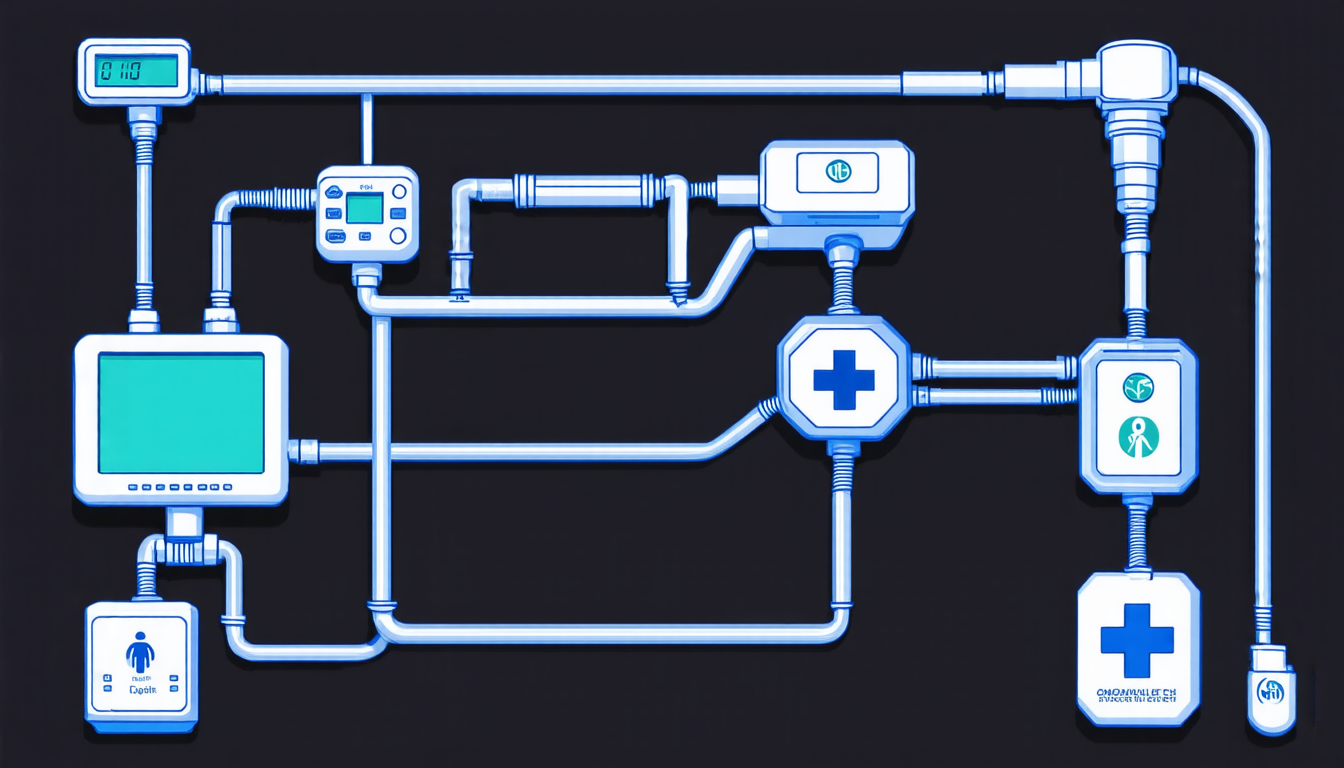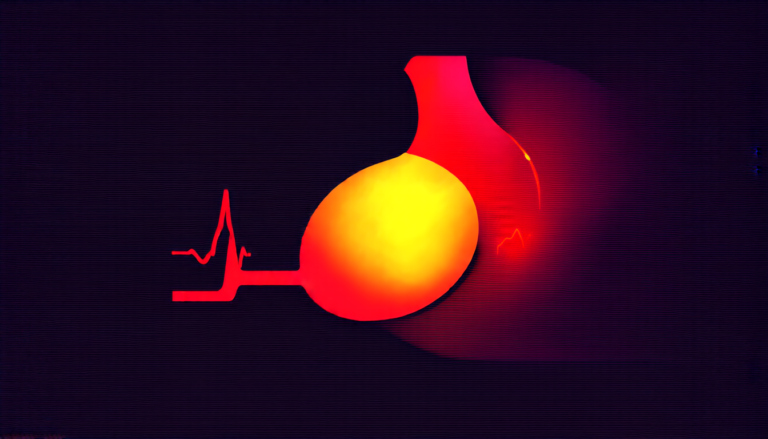Monday 06 October 2025
A team of researchers has developed a new approach to ensuring the safety and reliability of complex systems, such as those used in autonomous vehicles or medical equipment. The system, called pacing types, uses type theory to prevent errors that can occur when different streams of data are processed asynchronously.
Complex systems often involve multiple components that need to work together seamlessly to achieve their intended purpose. However, these components may produce data at different rates, and it’s the job of a monitor to ensure that this data is processed correctly and in a timely manner. Monitors use equations to combine the input streams into output streams, but these equations can be complex and prone to errors.
Pacing types solve this problem by introducing a new type system that ensures the monitor’s equations are correct and consistent. The type system checks that the monitor’s equations are well-behaved, taking into account the different rates at which the input streams are produced.
The researchers have implemented pacing types in a programming language called RTLola, which is specifically designed for stream-based monitoring. RTLola allows developers to specify data synchronization policies using an expressive specification language, but this can also lead to subtle runtime errors.
Pacing types provide a way to ensure that these specifications are correct and consistent, making it easier for developers to design reliable monitors. The system has been formally proven to be sound, meaning that it is guaranteed to prevent errors from occurring in the monitor’s equations.
The implications of pacing types are significant, particularly in industries where safety and reliability are paramount. Autonomous vehicles, medical equipment, and other critical systems all rely on complex software components that need to work together seamlessly. By ensuring the correctness and consistency of these components, pacing types can help prevent errors that could have serious consequences.
In practical terms, pacing types could be used to improve the performance and reliability of existing systems. For example, a medical device manufacturer could use pacing types to ensure that their equipment is processing data correctly and in a timely manner, reducing the risk of errors or malfunctions. Similarly, an autonomous vehicle developer could use pacing types to ensure that their system is processing sensor data correctly, reducing the risk of accidents.
Overall, pacing types offer a powerful tool for ensuring the safety and reliability of complex systems. By introducing a new type system that ensures monitor equations are correct and consistent, pacing types can help prevent errors from occurring in critical software components.
Cite this article: “Pacing Types: A Novel Approach to Ensuring Safety and Reliability in Complex Systems”, The Science Archive, 2025.
Complex Systems, Autonomous Vehicles, Medical Equipment, Type Theory, Pacing Types, Stream-Based Monitoring, Rtlola, Data Synchronization, Monitor Equations, Reliability.







